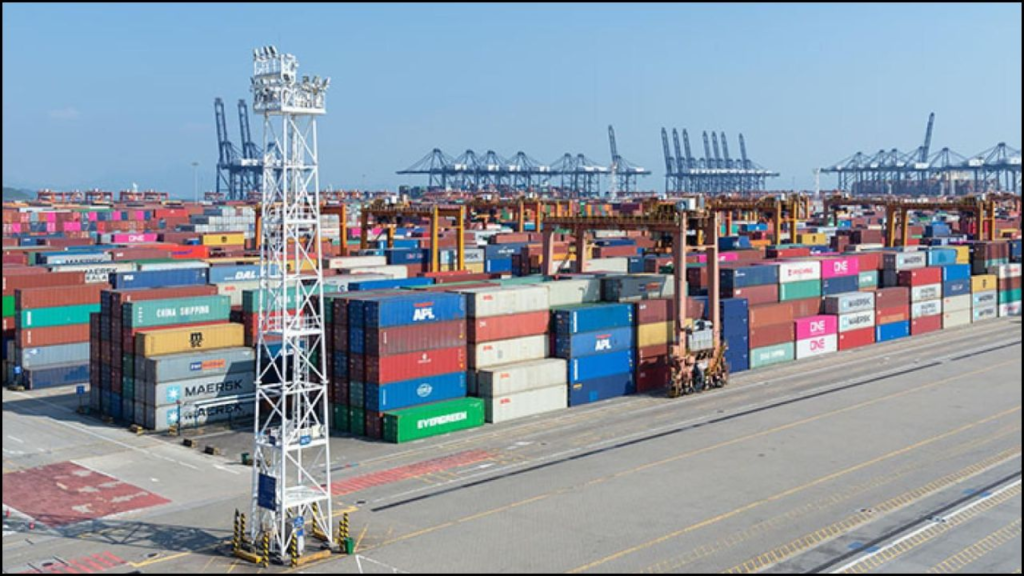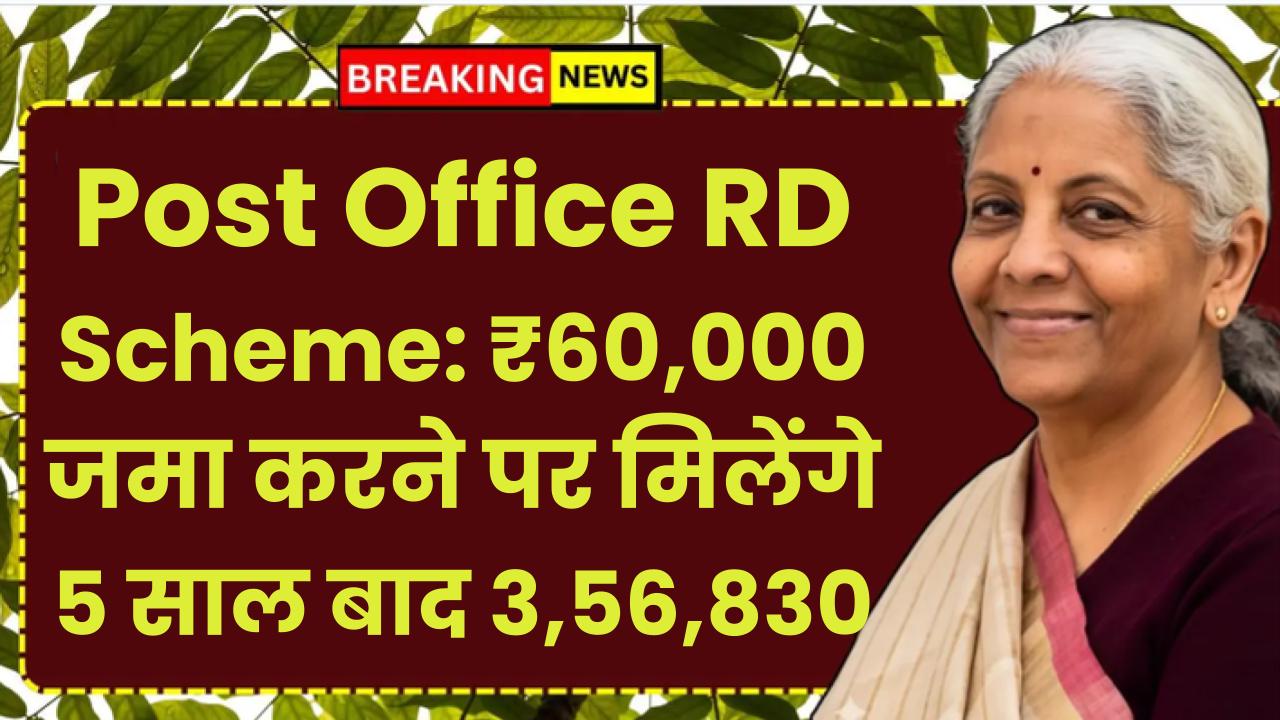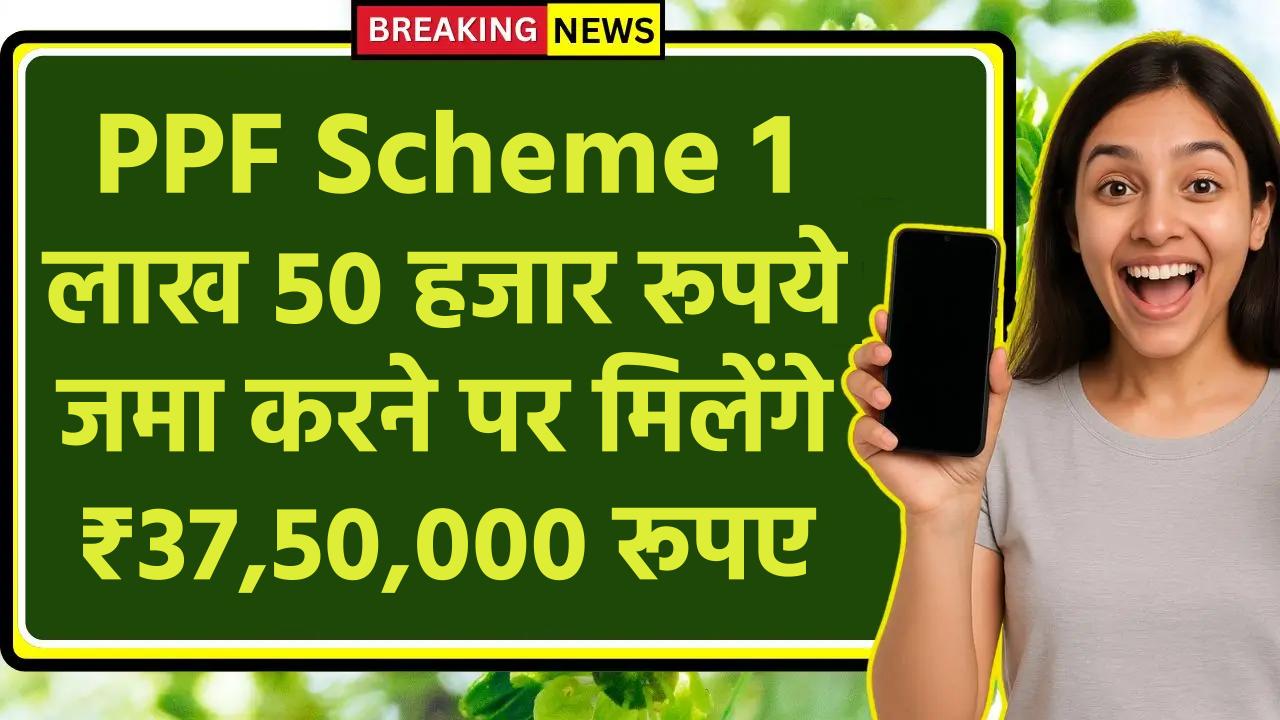
Indian exports to the United States have declined for the third consecutive month, as Washington’s 50% tariff on Category C products takes full effect. Official trade data show steep falls across textiles, jewellery, and smartphones, raising concern for India’s export-driven sectors.
Category C Products and Tariff Impact
Category C goods, which account for nearly two-thirds of India’s shipments to the United States, are now subject to a flat 50% tariff, according to the Ministry of Commerce and Industry. The measure, introduced by the US administration earlier this year, has begun to significantly erode competitiveness for Indian exporters.
“The latest decline shows that tariffs are hitting both traditional sectors like textiles and newer growth drivers like electronics,” said Ajay Srivastava, co-founder of the Global Trade Research Initiative (GTRI), in an interview with The Economic Times.
Export Data: Three Consecutive Declines
According to government trade statistics, India’s exports to the United States dropped by 14% month-on-month in August, falling to approximately USD 6.86 billion. Category C shipments alone declined by 10.8% between May and August, sliding from USD 4.82 billion to USD 4.30 billion.
Notably, exports of tariff-free goods also fell sharply. Smartphone shipments, which remain exempt, declined 58% over the same period, from USD 2.29 billion in May to USD 964.8 million in August.
“Such declines suggest that tariffs are not the only factor,” said Arpita Mukherjee, professor at the Indian Council for Research on International Economic Relations (ICRIER). “Weak consumer demand and global supply chain adjustments are also influencing the numbers.”
Sectoral Impact
The brunt of the tariff regime has been felt by textiles, garments, gems and jewellery, and seafood, sectors that employ millions of Indian workers. Exporters in these industries warn that orders from US buyers are shrinking, raising the prospect of job losses.
“The 50% tariff makes our products non-competitive in the US market,” said Sakthivel Murugan, president of the Federation of Indian Export Organisations (FIEO). “Small and medium enterprises in labour-intensive sectors are at particular risk.”
Electronics and renewable energy components, including solar panels, have also been flagged as vulnerable in the coming months, as the tariff structure is fully applied across all subcategories.
Policy Response and Outlook
The Indian government has so far signalled it will explore targeted relief measures. Officials are considering expanding interest subsidies, duty remission schemes, and liquidity support to exporters.
Trade experts also expect Indian firms to diversify markets, with exporters already looking to European Union and African markets to offset losses in the United States.
“India must reduce its overdependence on the US by building resilience in other regions,” said Pradeep Mehta, secretary-general of CUTS International, a global trade think tank.
Broader Implications
While tariffs remain the most visible challenge, the decline in tariff-free exports highlights deeper issues. Analysts cite slowing US demand, shifts in supply chains, and front-loading of shipments earlier this year as contributing factors.
With September 2025 marking the first full month under the new tariff regime, economists expect export numbers to deteriorate further before stabilising. The trajectory may test India’s ambition to sustain export-led growth in the face of protectionist measures by its largest trading partner.
Conclusion
India’s third consecutive monthly decline in exports to the United States underscores the mounting strain of the 50% tariff on Category C products. The challenge extends beyond tariffed goods, with broader concerns about global demand and supply chain adjustments. Policymakers now face pressure to cushion domestic industries while charting a more diversified export strategy.
















